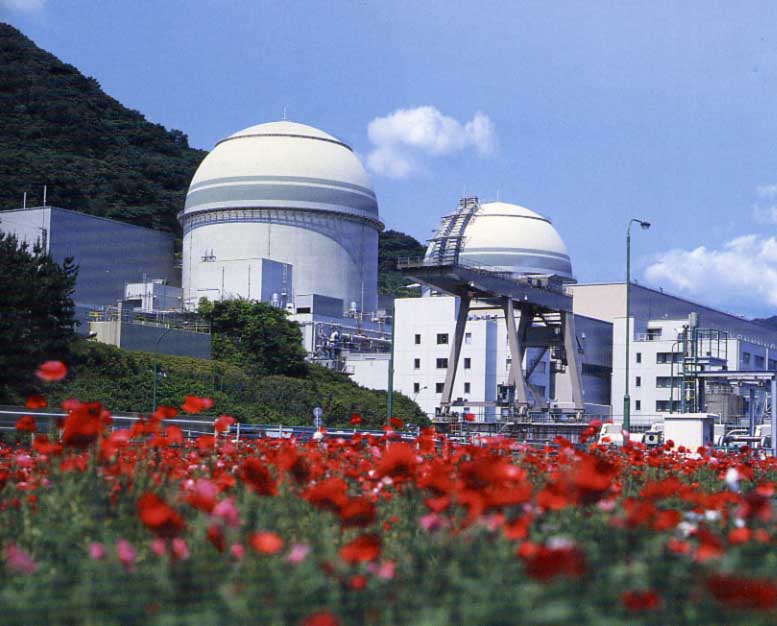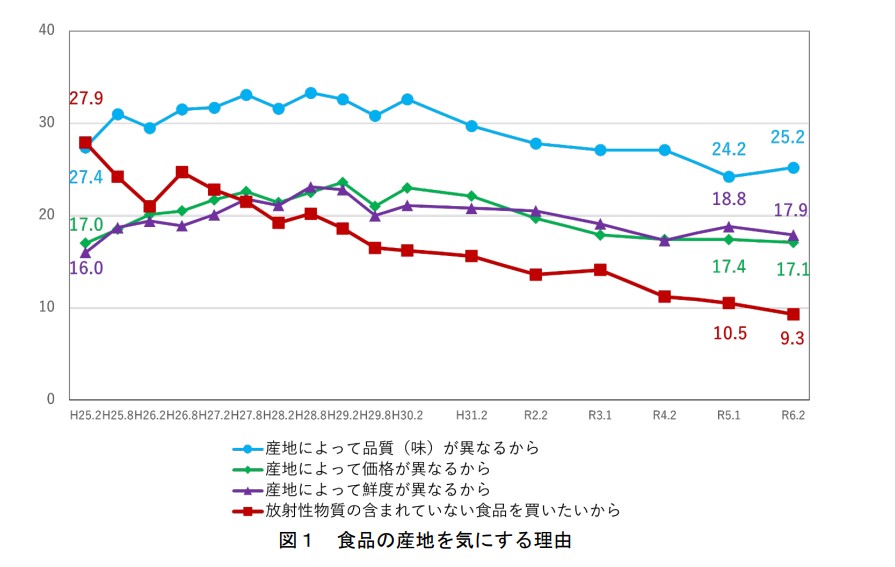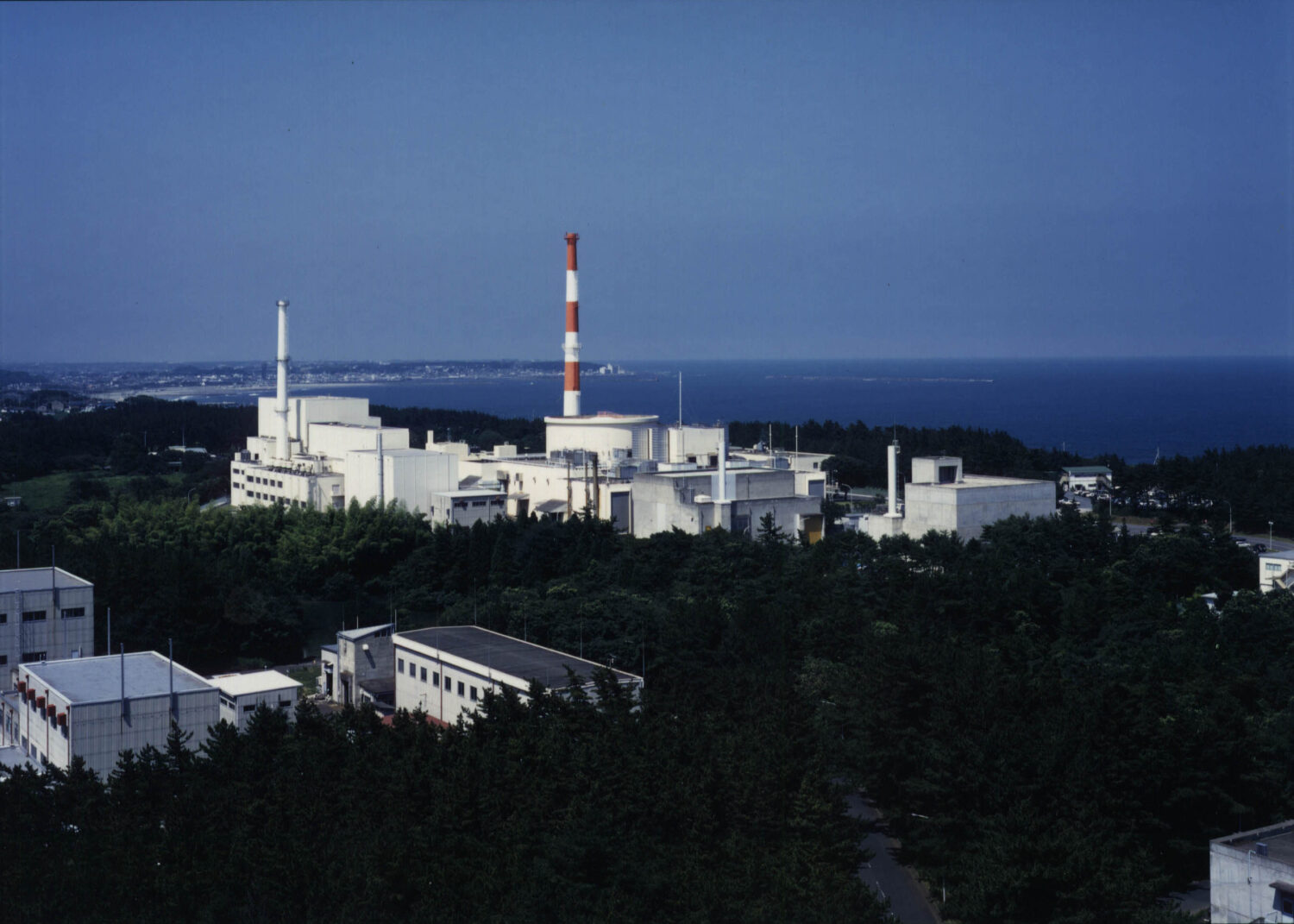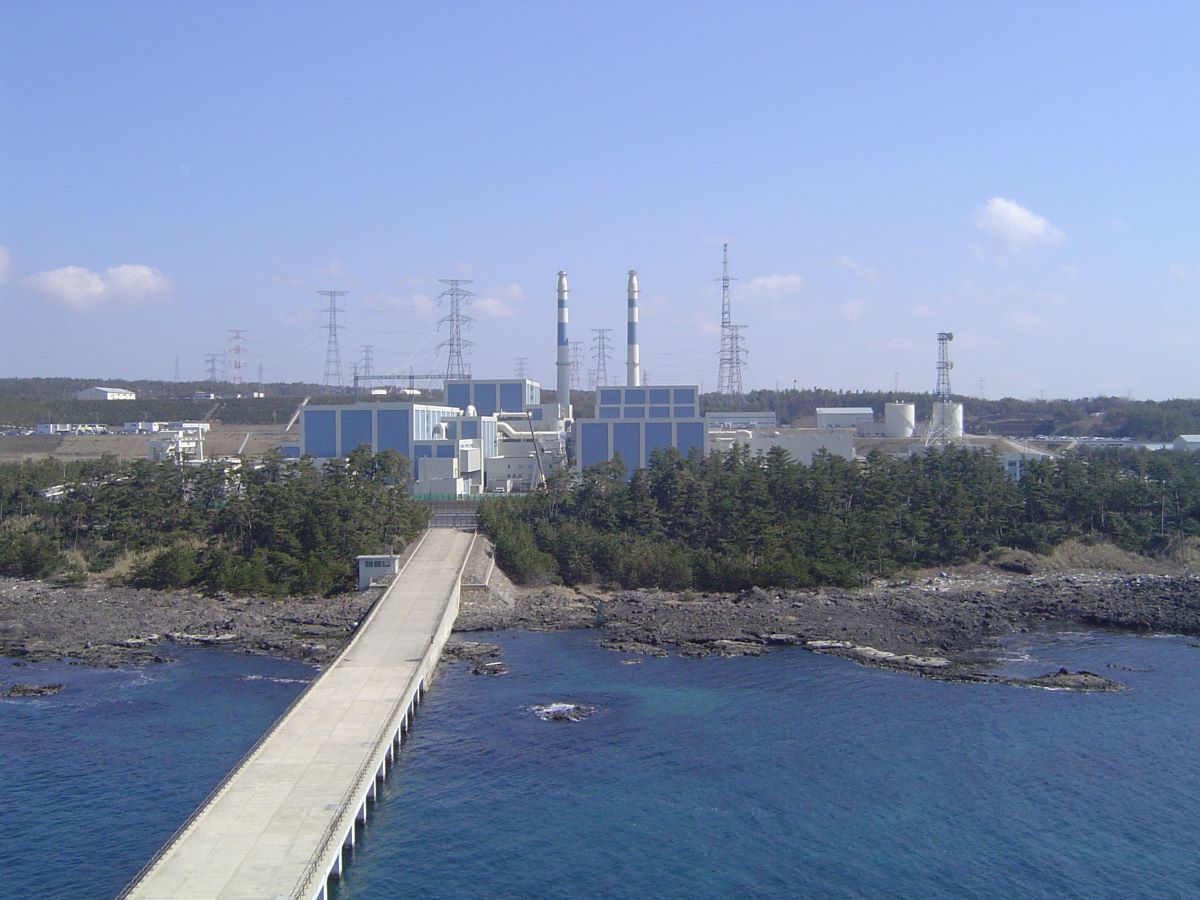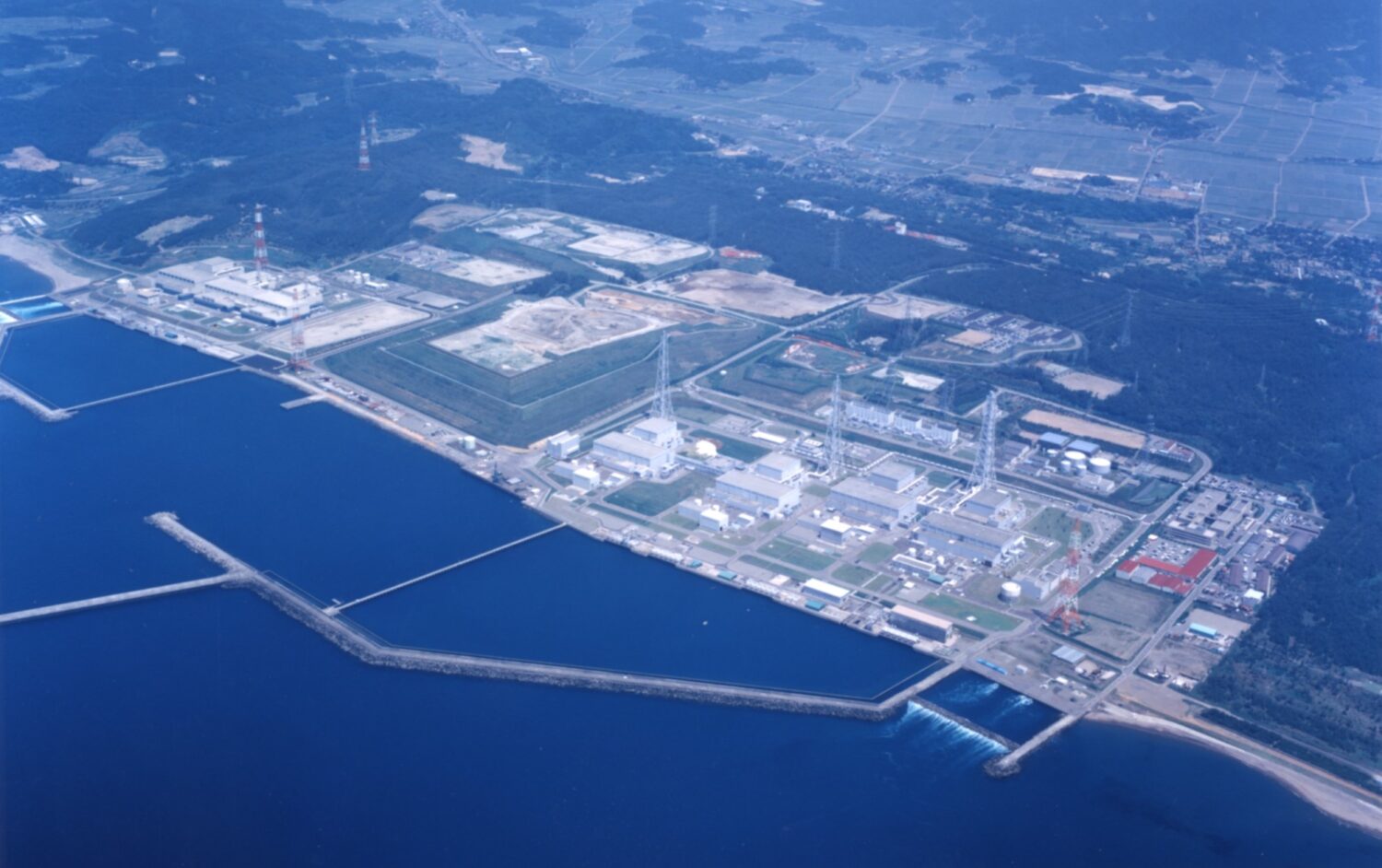At a regular meeting on the morning of the 17th, the five NRA commissioners approved the draft reports. Kansai Electric Power had submitted applications for confirmation of the two reactors’ compatibility in July 2013, immediately after the new regulatory standards came into effect. It took the NRA 17 months to prepare review report drafts. The NRA’s reviews have been carried out on the condition that fuel would not be loaded into the Takahama-1 and -2 NPPs.
The review report drafts total 433 pages, determining that the two reactors are “compatible” with the standards regarding preparedness for natural disasters, including earthquakes and tsunamis, tornados and volcanic eruptions. The report also concludes that the reactors meet standards for measures to prevent accident expansion, in the event that an unexpectedly major accident occurs.
The NRA will formally act on the review reports after inviting comments from the public from December 18, 2014, through January 16, 2015. Actual restarts of the Takahama-3 and -4 NPPs will follow various procedures, including inspections by the NRA of equipment/facilities and the obtaining of consents from the prefecture and local municipality.
On the same day, December 17, Kansai Electric Power released comments including: “We will do our best to ensure safety of nuclear energy and endeavor to restart reactors whose safety is confirmed.” Regarding its discussions with the NRA, the company said: “We responded sincerely to what the NRA pointed out in terms of measures for severe accidents, and we repeatedly explained our commitment and actions for safety.” It also said that it would respond “with sincerity” to review of the construction plan and more hereafter.
The Japanese government has said that it would restart NPPs whose safety is confirmed by the NRA. Kansai Electric Power believes that it will be able to restart the Takahama NPPs if it obtains consent from Fukui Prefecture and Takahama Town, where the reactors are located. Within a 30-kilometer radius of the Takahama Nuclear Power Station (NPS), for which resident-evacuation plans are required to be made, some parts of Kyoto and Shiga Prefectures – beyond Fukui Prefecture – are included. Unlike the case of the Sendai NPS, where the 30-kilometer radius from the NPS includes only Kagoshima Prefecture, there is a possibility that procedures to obtain consents from local municipalities required for restart will become complicated.
Regarding procedures to obtain local consents, at a prefectural assembly meeting held on December 4, Fukui Governor Issei Nishikawa said, “We should refer to the circumstances at the Sendai NPS,” expressing again his thought that “consents by Fukui Prefecture and Takahama Town, siting the NPS, should be enough.” On the 17th, Mayor Yutaka Nose of Takahama Town said informally that “the result was obtained after reviews taking a long time, and I want to respect the judgment of the NRA.”
Meanwhile, Governor Keiji Yamada of Kyoto Prefecture, adjacent to Fukui Prefecture, made clear that he objects to restarts “without a nuclear safety agreement” (equivalent to the agreements with siting municipalities). Governor Taizo Mikazuki of Shiga Prefecture also asked for a safety agreement.
At present, all domestic NPPs are shut down. When the Sendai NPPs and Takahama NPPs manage to restart, the fear of a power shortage in Western Japan is expected to lessen for the summer of next year.


-1.png)








.jpg)











